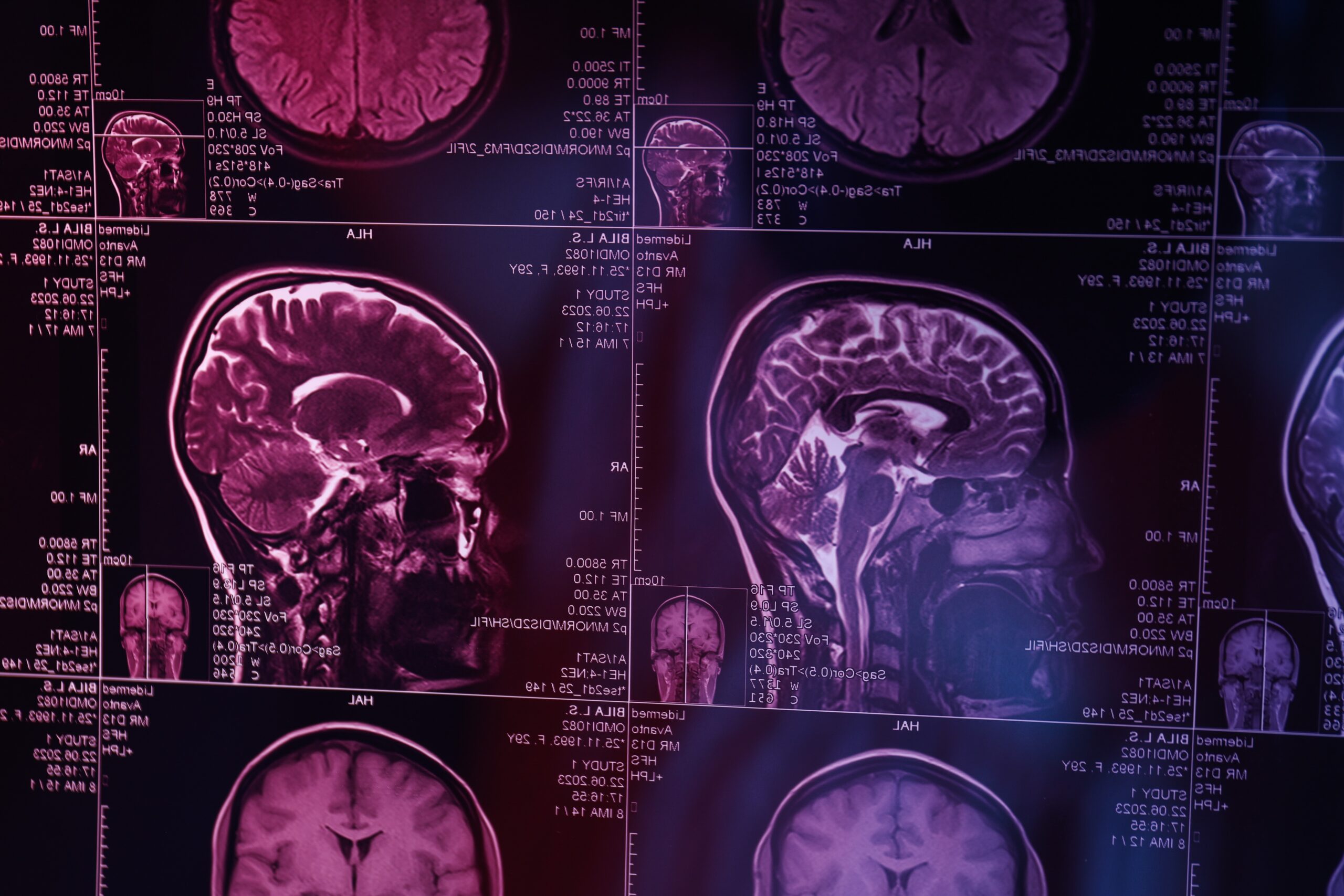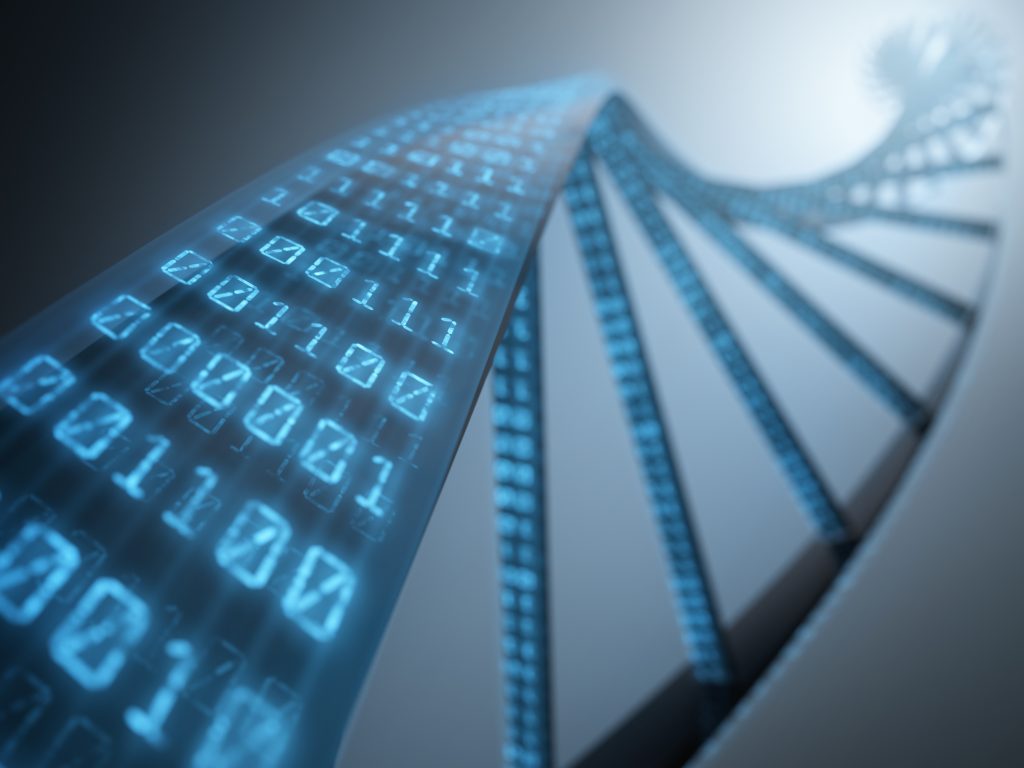The Genetic Landscape of Neuro-Related Proteins

An international collaboration between Human Technopole, Fudan University, the University of Edinburgh, and the SCALLOP Consortium identified hundreds of proteins in human plasma related to human behavioural traits and neuropsychiatric disorders. These proteins are potential targets for drug repurposing and novel therapeutic interventions for mental disorders. The findings are published in Nature Human Behaviour.
In recent years, mental health issues have garnered increasing global attention, particularly following the COVID-19 pandemic, which exacerbated the mental health crisis through increased social pressures, isolation, and changes in daily routines. Mental disorders severely impact individual quality of life and pose substantial challenges to public health. According to the World Health Organization, one in every eight people, or 970 million people around the world, were living with a mental disorder in 2019[1]. In 2020, the prevalence of anxiety and major depressive disorders increased by 26% and 28%, respectively, due to the pandemic[2]. Despite ongoing advancements in medical research, the inherent complexity and heterogeneity of neuropsychiatric disorders continue to hinder the understanding of their neurobiological mechanisms. Consequently, exploring the molecular mechanisms underpinning these disorders has become a crucial research direction.
The group of Prof. Xia Shen at Fudan University – including Dr. Linda Repetto, currently a postdoctoral researcher in genetic epidemiology at Human Technopole and co-first author of the study – in collaboration with the SCALLOP Consortium3 conducted a genome-wide association meta-analysis (GWAMA) of over 12,000 individuals for 184 neuro-related proteins in human plasma. The research evaluated the genetic associations and causal effects of these proteins with human behavioural traits and neuropsychiatric disorders, identifying hundreds of potential targets for drug repurposing and novel therapeutic interventions. These findings offer a strategic framework for future therapeutic research. The GWAMA analysis identified 289 significant genetic variants associated with neuro-related proteins, including 125 cis-regulatory protein quantitative trait loci (cis-pQTL) and 164 trans-pQTL. On average, the mapped pQTL captured 50% of each protein’s heritability. As expected, the identified trans-pQTL were more weakly associated than the cis-pQTL. Functional enrichment analysis revealed that trans-pQTLs were significantly enriched in biological pathways such as immune response and coagulation, suggesting that blood coagulation factors may affect the performance of the antibody-based assay.
Colocalization and Mendelian randomization (MR) analysis were conducted to illustrate the genetic associations between neuro-related proteins and 4,085 complex traits from the UK Biobank and 20 neuropsychiatric disorders from the Psychiatric Genomics Consortium. Among the protein-trait pairs analysed, 291 showed a colocalisation posterior probability greater than 0.8 in at least one of the models and were subsequently subjected to MR analysis. Causal inference from two-sample MR analyses indicated that 56 neuro-related proteins might have causal effects on 201 traits, including 43 human behavioural phenotypes, such as alcohol and food intake, smoking and educational attainment, as well as 22 neurological conditions and psychiatric disorders such as pain, neuroticism and schizophrenia. For example, the Cadherin-6 protein showed effects on behavioural traits such as smoking, as well as neurological symptoms such as mood swings, where its effects on behavioural traits and neurological symptoms had different directions.
Further investigation of the protein markers identified through MR analysis revealed their potential as therapeutic targets. Among the 125 proteins with cis-pQTL, 53 proteins showed effects for at least one disease or health-related phenotype with FDR<5%. Using the DrugBank and Drugs.com databases, 91 drugs were found to target 17 of the 53 proteins, resulting in 443 drug-protein-phenotype combinations. Among them, 66 combinations were ‘Matched’ (i.e. established drugs exist for the targets treating the same outcome diseases or leading to the same outcome side effects). Within 66 matched combinations, 52 had the same directions between the MR-inferred drug impact and the drugs’ actual pharmacological effects on the phenotypes (Matched+), providing genetic evidence for drug development and therapeutic strategies targeting these proteins.
This comprehensive GWAMA analysis sheds light on the genetic associations between neuro-related proteins and a broad spectrum of human behavioural phenotypes and neuropsychiatric disorders. The identification of numerous potential protein targets for drug development represents a significant advancement, offering critical support for both basic and clinical research in the field of neuropsychiatric disorders.
https://doi.org/10.1038/s41562-024-01963-z
Reference:
- Mental Disorders (WHO, 2022); https://www.who.int/news-room/fact-sheets/detail/mental-disorders
- Mental Health and COVID-19: Early evidence of the pandemic’s impact. Geneva: World Health Organization; 2022.
- The SCALLOP Consortium. https://www.scallop-consortium.org/




